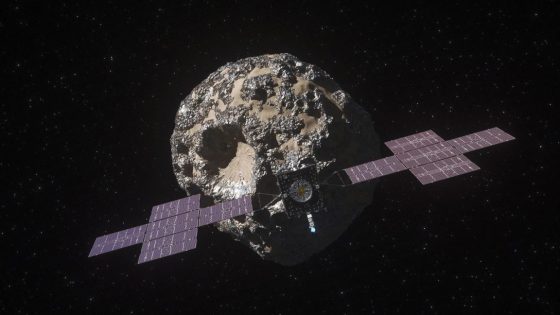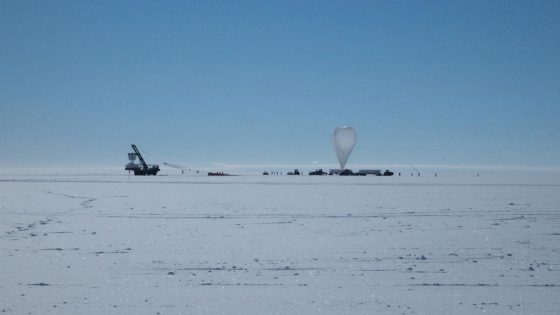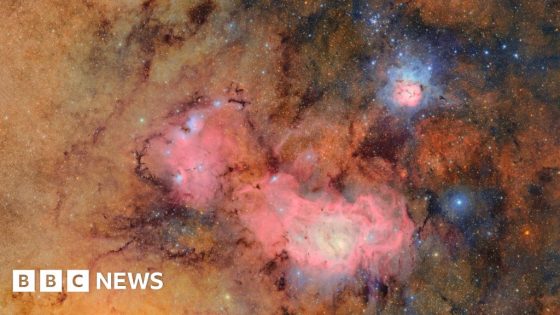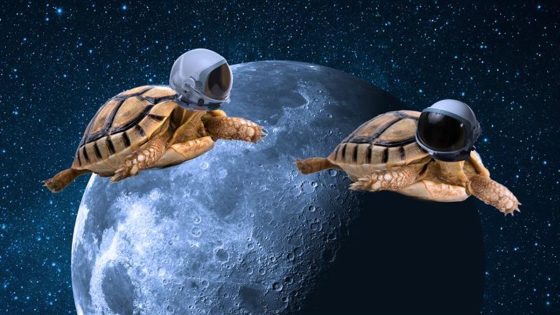Recent discoveries in astrophysics reveal fascinating insights into type Ia supernovae, specifically how white dwarfs can explode. On July 3, 2025, researchers highlighted mechanisms like mass transfer and collisions that lead to these stellar events.
- White dwarfs can collide to form a supernova.
- Evidence exists for multiple explosion mechanisms.
- Mass transfer or collision is necessary for explosions.
- Double detonation is a promising explosion option.
- Helium accumulation triggers rapid fusion events.
- Detection of double-detonation events is challenging.
However, the frequency of type Ia supernovae raises questions about whether these processes occur often enough to account for their observed rates. Astronomers are now exploring alternative scenarios, with the double detonation model emerging as a promising explanation.
This double detonation process allows white dwarfs to explode before reaching the mass typically required for carbon-oxygen fusion. Could this mechanism explain the observed supernova frequency? Consider the following points:
- Helium accumulation can trigger fusion at lower masses.
- Explosions occur rapidly, complicating detection.
- Understanding these mechanisms aids in cosmic distance measurements.
As research continues, scientists aim to refine their models, potentially unlocking new pathways to understanding the life cycles of stars and the evolution of the universe.
































